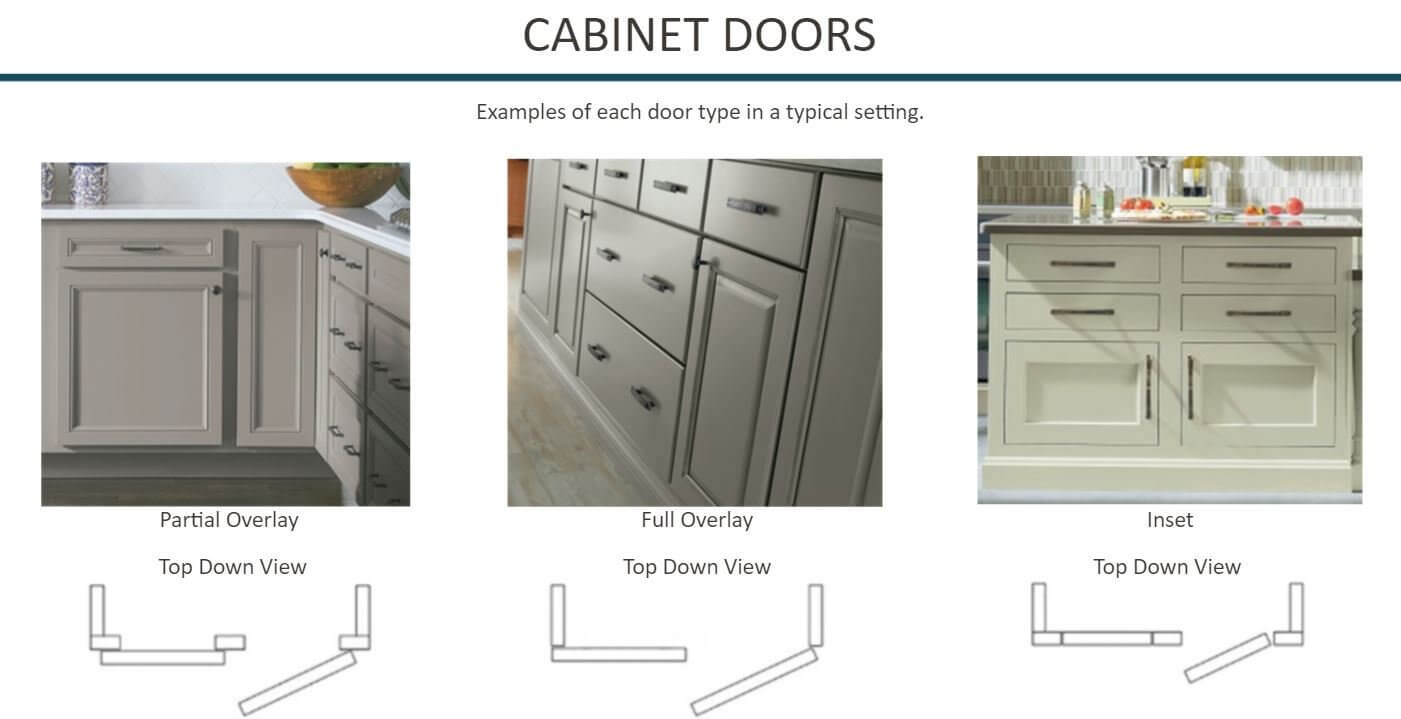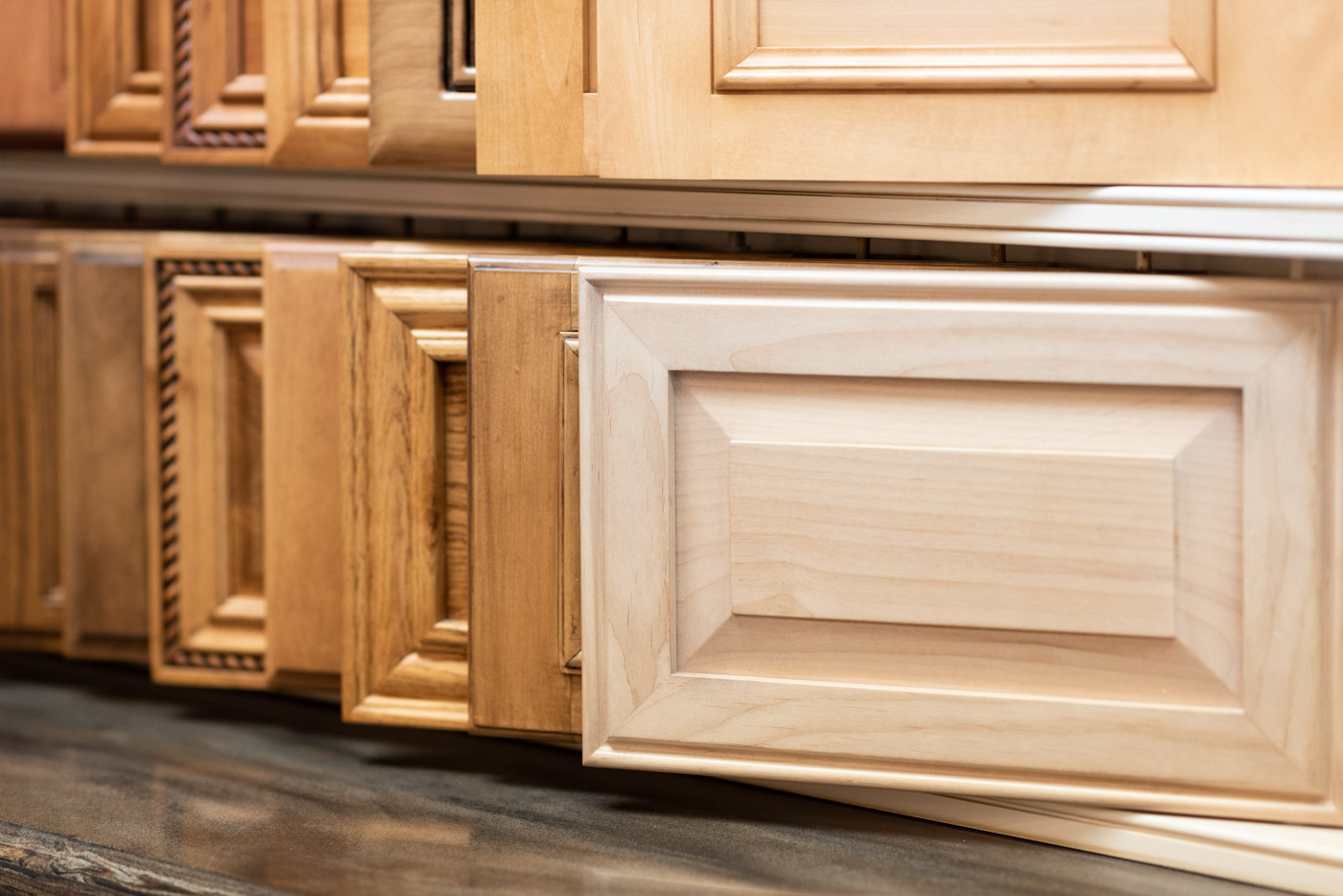Cabinet Door Edge Profiles

Right, so, we’ve sorted the intro and outro bits, so let’s get cracking on the juicy stuff – cabinet door edges! Choosing the right profile is dead important for the vibe of your kitchen, innit? It’s all about that finishing touch, making your units look proper lush or, y’know, a bit naff.
Types of Cabinet Door Edge Profiles
There are loads of different edge profiles you can get, each with its own look and feel. Some are all sleek and modern, others are more traditional and fancy. The way they’re made also affects the price and how long they last.
Edge Profile Comparison
Here’s a lowdown on some of the main players. We’re gonna compare four, alright?
| Profile Type | Aesthetic | Manufacturing Process | Materials & Cost |
|---|---|---|---|
| Euro Style | Clean, minimalist, contemporary. Think sleek and sophisticated. | Typically uses advanced machinery for precision cutting and edge banding. | MDF, plywood, or solid wood; Mid-range cost, can be pricey depending on wood type. |
| Slab | Simple, plain, ultra-modern. Think less is more. | Usually involves straightforward cutting and possibly edge banding. | MDF or plywood; Generally budget-friendly. |
| Raised Panel | Classic, traditional, detailed. Proper posh, like. | More complex process involving shaping the panel and often adding mouldings. | Solid wood (oak, cherry, etc.) is common; More expensive than slab or Euro style. |
| Beaded | Traditional, adds a touch of elegance. A bit like a raised panel, but simpler. | Involves shaping and adding a decorative bead along the edge. | Solid wood or MDF; Cost varies depending on materials and complexity of the bead. |
Visual Representations of Edge Profiles
Okay, so imagine these, yeah?
Euro Style: Think a perfectly straight, clean edge. No fuss, just a smooth, flat surface. Like a perfectly ironed shirt.
Slab: Same as Euro style, really, just super simple and flat. No embellishments whatsoever.
Raised Panel: Picture a flat surface with a central section raised slightly, creating a recessed frame around the raised area. Think of a picture frame, but part of the door.
Beaded: A flat surface with a small, rounded decorative moulding running along the edge. Imagine a tiny, elegant rope running along the side.
Materials and their Impact
The materials used massively affect the price and how long the doors last. Solid wood is boss, but it’s proper pricey and needs looking after. MDF is cheaper, but it’s not as durable. Plywood is a good middle ground, offering a decent balance of cost and quality.
Choosing the Right Edge Profile for Different Cabinet Styles: Cabinet Door Edge Profiles

Right, so you’re tryna sort your kitchen cabinets, innit? Choosing the right edge profile is dead important – it’s like, the cherry on top of the whole shebang. Get it wrong and your kitchen looks a bit, well, dodgy. Get it right and *bam*, you’ve got a proper vibe going on. This bit’s all about finding the perfect match for your style.
Choosing an edge profile isn’t just about aesthetics; it also impacts how practical your cabinets are. A chunky profile might look boss on a traditional style, but it could be a nightmare to clean in a modern, minimalist kitchen. Think about how you use your kitchen – are you a messy chef or a neat freak? This will influence your decision, fam.
Edge Profiles for Traditional Cabinet Styles
Traditional kitchens are all about that classic, timeless look. Think shaker-style doors, maybe some ornate detailing. For this vibe, you want an edge profile that complements the richness and detail. Think of it as adding the finishing touch to a well-loved, comfy armchair.
- Raised Panel Doors with a Beaded Edge: This gives a really elegant, slightly old-school feel. Imagine a slightly raised panel, and the edge is gently rounded and detailed, a bit like a tiny beading. It adds a touch of class, innit?
- Shaker-style doors with a simple ogee edge: An ogee is a curved profile, a bit like a gentle S-shape. It’s subtle but adds a touch of sophistication without being too in-your-face.
- Flat panel doors with a simple bevelled edge: A bevelled edge is just a simple angled cut. It’s a clean, understated look that works really well with plainer doors.
Edge Profiles for Modern Cabinet Styles
Modern kitchens are all about clean lines, minimalism, and sleek surfaces. Think handleless doors, integrated appliances, and a generally uncluttered look. The edge profile needs to be as smooth and simple as possible, to avoid disrupting the clean lines.
- Slab doors with a square edge: This is the ultimate minimalist choice. It’s super clean, and really highlights the flatness of the door. It’s all about that unfussy look.
- Slab doors with a slightly eased edge: This is a softer take on the square edge. The edge is very slightly rounded, making it more comfortable to the touch. It’s still minimalist but a bit less harsh.
- Flat panel doors with a very subtle bevel: A tiny bevel adds a bit of interest without detracting from the overall sleekness. It’s a subtle detail that adds depth.
Edge Profiles for Transitional Cabinet Styles
Transitional kitchens blend modern and traditional elements. They’re often more relaxed than strictly modern kitchens, but still cleaner than full-on traditional ones. The edge profile needs to be versatile enough to bridge the gap between these two styles.
- Raised panel doors with a simple, slightly rounded edge: This takes the elegance of a raised panel but softens it with a more modern edge. It’s a nice balance, you know?
- Shaker-style doors with a slightly eased edge: This combines the classic shaker style with a more contemporary feel. It’s simple but still has some personality.
- Flat panel doors with a simple ogee edge: This is a bit more modern than a beaded edge, but still has that touch of elegance that traditional styles crave.
A Homeowner’s Guide to Choosing Cabinet Door Edge Profiles
So, you’re thinking about your kitchen revamp, eh? Budget, style, and the overall kitchen design are all massive factors here. Don’t just pick the first thing you see, bruv.
Think about the overall feel you want for your kitchen. Do you want something super sleek and modern, or something more classic and traditional?
Consider your budget too. Some edge profiles are more expensive than others, especially those with intricate detailing. Also, think about how much maintenance you’re willing to do. A really intricate profile might be a pain to keep clean. Finally, think about how the edge profile will work with the rest of your kitchen design. It needs to complement your countertops, flooring, and other features, innit?
Installation and Maintenance of Cabinet Door Edge Profiles
Right, so you’ve picked your banging edge profiles, now it’s time to get them on your cabinets. Fitting them properly is key to a mint finish, and looking after them afterwards means they’ll stay looking fresh for ages. Let’s get into it.
Installing Cabinet Door Edge Profiles
Getting these bad boys fitted properly is dead important. A dodgy job’ll look proper rough, so follow these steps and you’ll be sorted.
- Preparation is everything, bruv: Measure twice, cut once – you know the drill. Make sure your surfaces are clean and dry, and you’ve got all the right tools. This includes the right adhesive, measuring tape, a sharp saw (for cutting), and clamps (to hold everything in place). You don’t want any wobbly bits!
- Applying the adhesive: Use a proper adhesive designed for your profile material and cabinet material. Follow the manufacturer’s instructions carefully. Too much glue is a right faff to clean up, and too little means it won’t stick properly. Apply evenly along the edge.
- Attaching the profile: Carefully press the profile onto the edge of the cabinet door, ensuring it’s flush and aligned. Use clamps to hold it firmly in place while the adhesive sets. Make sure there are no gaps or air bubbles – these will look dodgy.
- Cleaning up excess adhesive: Once the adhesive is set, carefully clean away any excess with a damp cloth. Be gentle, you don’t want to snag the profile.
- Finishing touches: Once everything’s dry, give it a quick check for any imperfections. A tiny bit of filler might sort out any minor gaps. Finish with a light sanding if needed, then you can give it a lick of paint or varnish to match your cabinets – totally up to you, mate.
Maintaining and Repairing Damaged Cabinet Door Edges, Cabinet door edge profiles
Even with the best care, stuff can happen. Scratches, chips, the whole shebang. Here’s how to deal with it.
- Identifying the damage: First things first, figure out what’s gone wrong. Is it a small scratch, a deeper chip, or something more serious? This will determine your repair method.
- Minor scratches: For minor scratches, a bit of touch-up paint or varnish might be all you need. Match the colour as closely as possible, and apply thinly to avoid drips.
- Deeper chips or damage: For bigger damage, you might need to use wood filler to fill the gaps, let it dry completely, sand it down smooth, and then apply paint or varnish to match.
- Replacing damaged sections: If a whole section is knackered, you might need to replace it entirely. This will require removing the old profile and fitting a new one, following the steps in the previous section.
Preventing Damage to Cabinet Door Edges
Prevention is always better than cure, innit? Here’s how to keep your edges looking fly.
- Careful handling: Avoid banging doors shut aggressively. Be gentle, and they’ll last longer.
- Protective measures: Consider using edge protectors, especially on corners, to minimise impacts.
- Cleaning methods: Use a soft cloth and mild detergent for cleaning. Avoid abrasive cleaners or scouring pads, as these can scratch the surface.
- Regular maintenance: Regularly inspect your cabinet doors for any signs of damage, and address any issues promptly to prevent them from worsening.

